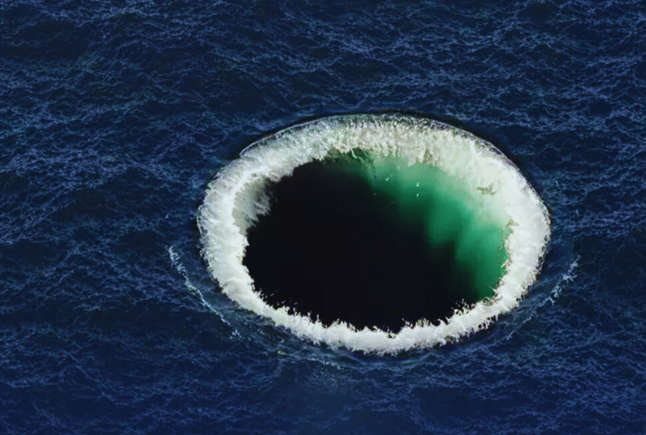For decades, a massive anomaly sprawling across 1.2 million square miles on the Indian Ocean floor has baffled scientists. This phenomenon, known as the “gravity hole,” has sparked endless debate and curiosity. Read on as we uncover this mystery, officially named the Indian Ocean Geoid Low.
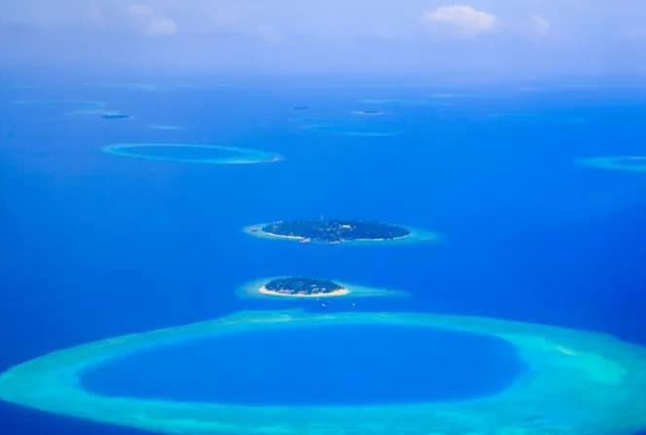
So, what’s the deal with this vast region of the Indian Ocean that sits up to 106 meters below the global average sea level? It turns out there’s a significant dip in Earth’s gravity here. This gravitational anomaly has puzzled scientists for years, but recent studies are shedding light on its origins and linking it to deep geological processes.

Geologists have a term for this “hole”—a geoid low, where Earth’s gravity is weaker than average. It might sound alarming, but it’s just a natural part of our planet’s gravitational landscape. Recent research suggests that molten rock plumes rising from deep beneath Africa are responsible for this phenomenon; these plumes are at the edge of an ancient sea bed.
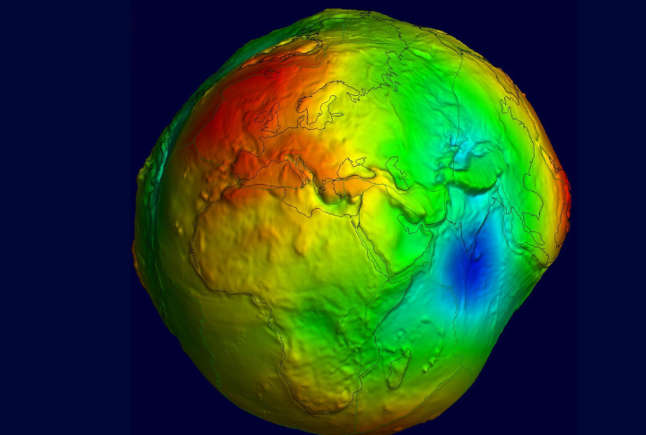
Ideally, Earth would have uniform gravity, but it’s not a perfect sphere. It’s flatter at the poles and bulges at the equator, causing variations in gravity. Different regions exert varying gravitational pulls based on the crust, mantle, and core mass distribution. Such complexity contributes to gravitational anomalies like the low geoid of the Indian Ocean.

To visualize these gravitational tugs, scientists use gravity measurements from sensors and satellites to create models like the “Potsdam gravity potato.” The model highlights Earth’s gravitational highs and lows, helping scientists understand the mass distribution beneath the surface. It’s like taking off each layer of an onion, discovering more with every peel.

The Indian Ocean Geoid Low (IOGL) was discovered by Dutch geophysicist Felix Andries Vening Meinesz in 1948 during a ship-based gravity survey. Since then, subsequent shipboard expeditions and satellite measurements have confirmed its presence. This IOGL is the planet’s most prominent gravitational anomaly, covering over three million square kilometers.
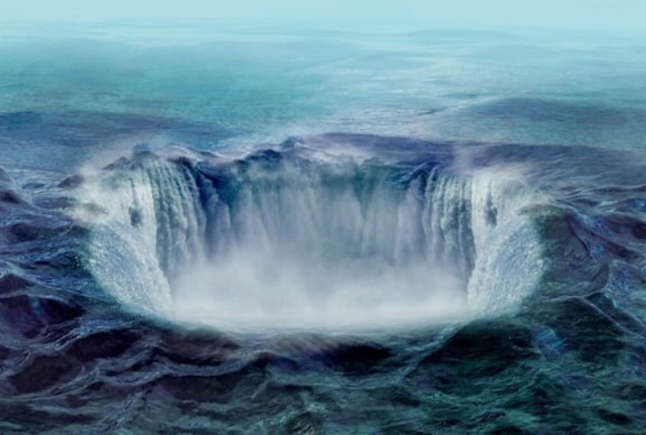
Researchers Attreyee Ghosh and Debanjan Pal compared various computer models of the region’s formation over the past 140 million years. Each model used different variables for the convection of molten material within the mantle. Their goal? To pinpoint the cause of the IOGL. Their findings point to a distinctive mantle structure influenced by ancient geological events.
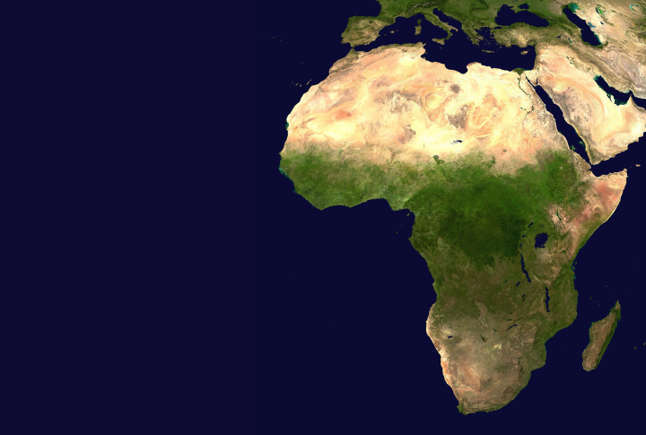
The study suggests that the IOGL is due to a unique mantle structure combined with an adjacent disturbance under Africa known as the “African blob.” This large low-shear velocity province (LLSVP) consists of hot, low-density material, thought to be remnants from ancient seafloor slabs, which influence the region’s gravitational characteristics.
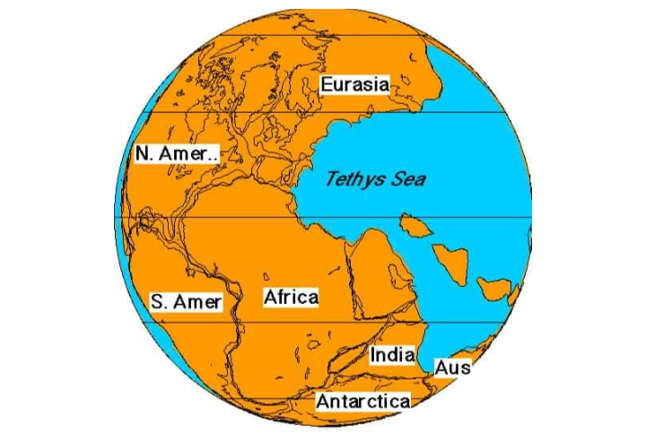
Geologists believe Tethyan slabs, remnants of an ancient seafloor from the Tethys Ocean, form the African blob. Over 200 million years ago, the Tethys Ocean existed between the supercontinents Laurasia and Gondwana. As India moved northward, it created the Indian Ocean and left behind these geological traces.

Around 20 million years ago, the geoid low probably formed its current shape as plumes began spreading through the upper mantle. The mantle material flow from the African blob sustains this anomaly. As long as these flows continue, the geoid low will persist.
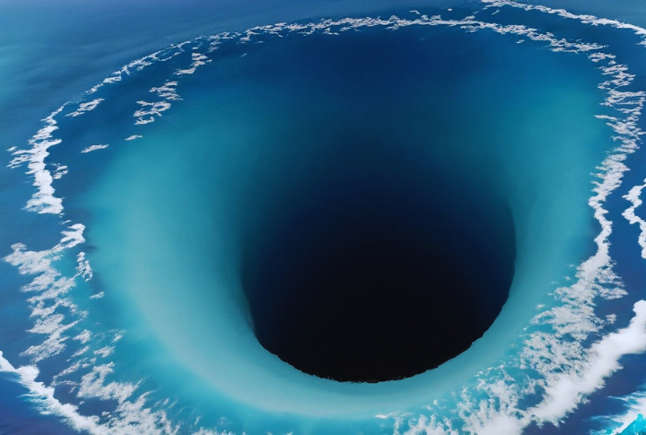
The IOGL will eventually dissipate when temperature anomalies cause it to move, which could take many millions of years. Studying this geoid low provides valuable insights into Earth’s internal processes and the dynamic nature of its mantle.
The post Unraveling the Indian Ocean’s Mysterious Gravity Hole appeared first on Housely.
